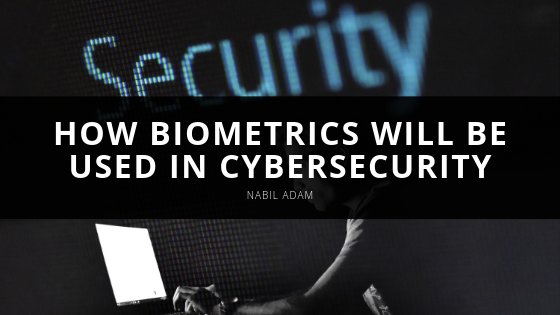Advance technology comes with undeniable advantages, but it also comes with major setbacks. In the world of mobile devices and cloud storage, there is a risk of sensitive data getting into the wrong hands. Cybersecurity has become an obvious necessity when it comes to technology and shared data. This data ranges from passwords, personal information, to other shared secrets. In an effort to protect this sensitive data, many companies are looking to biometrics as a solution:
What is Biometrics?
When technology was born, the best way to protect information was through passwords and passcodes. But as technology advanced and revolutionized, it became harder and harder to protect sensitive information. Hackers can easily get their hands on passwords when initiating a cyberattack, but it’s much harder to steal someone’s face. That is what biometrics is. Instead of entering a password, users enter through face recognition, fingerprints, or voice recognition. Biometrics makes it harder for hackers to access sensitive information.
Adapting Biometrics
For years, passwords have been the cornerstone of cybersecurity. It is for that reason we must move forward from it. Even though billions of passwords have been stolen in just a few short years, many people are untrustworthy of using a new way. Not many people like the idea of a device or system having their fingerprints or the ability to recognize their face. Adapting biometrics will be difficult at first, but necessary. Simply put, biometrics will make things easier and faster.
As more organization begin to adopt biometrics into their security standard, they are making the switch easy for users. Owners of mobile devices are already seeing this change. Nowadays, organizations are removing password access from the login process by creating biometric authentication processes that mimic what users are already using through their mobile devices.
The Safety of Biometrics
Although some users are not very eager to adapt to biometrics, it is safe than they would think. Most people imagine their faces and fingerprints being stored in some huge database they will never see. This is actually far from the truth. In reality, their biometrics are stored much closer to home. When the user is using facial, voice, and fingerprint recognition, all this is stored directly on their device and stays on their device. The biometric approach is safe and much more effective than using passwords for cybersecurity.

